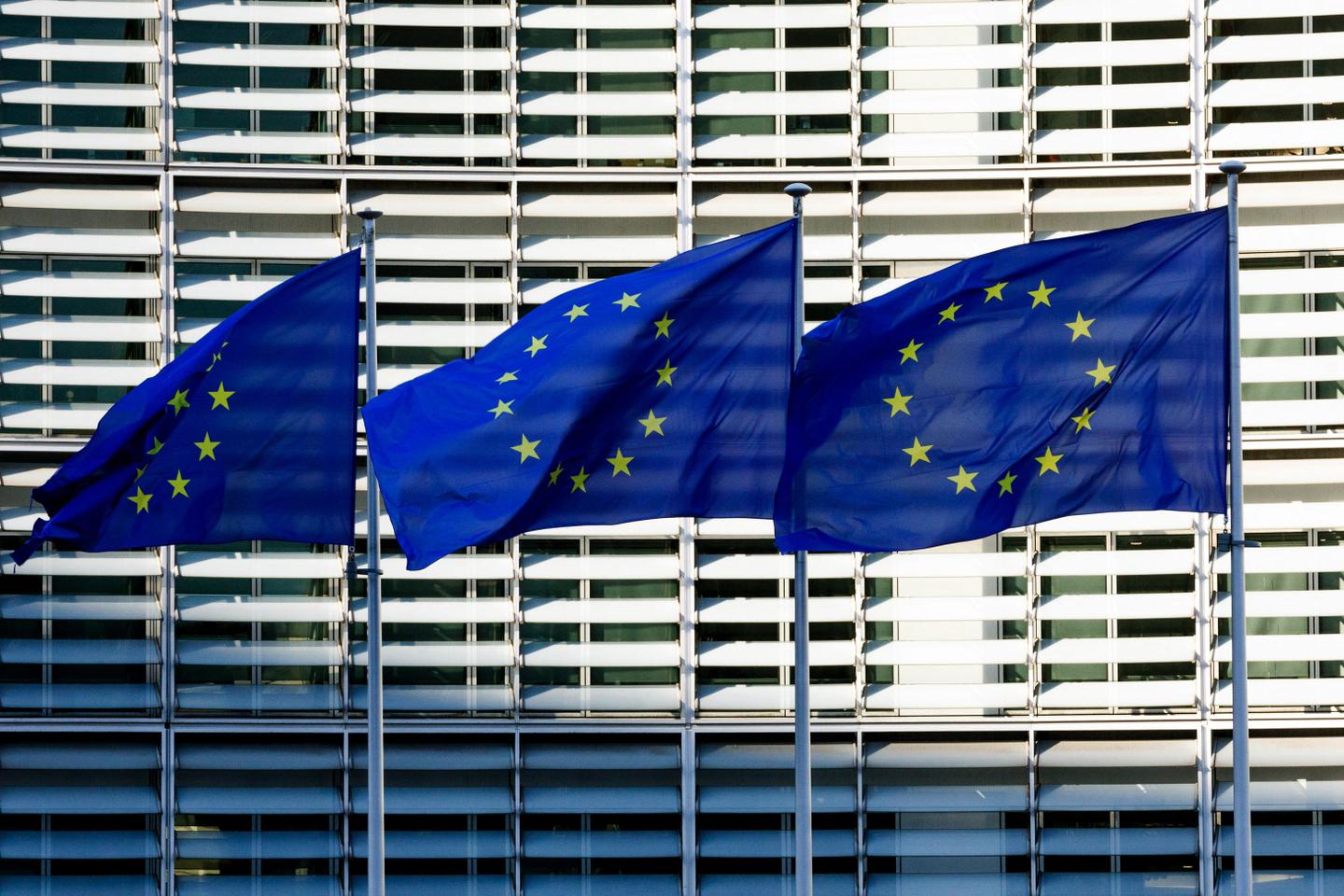


In the face of the Trumpian onslaught, Europe urgently needs to regain its self-confidence and propose a different development model to its citizens and the world. To achieve this, it must start by overcoming the permanent self-denigration that too often stands in for public debate on our continent. According to the doxa that prevails in many leadership circles, Europe is living beyond its means and needs to tighten its belt. The latest version of this rhetoric states that social spending should be cut in order to concentrate on the only priority that counts: The race with Donald Trump and Vladimir Putin on military spending.
The problem is that everything about this diagnosis is wrong. In economic terms, the reality is that Europe is perfectly capable – if that proves useful – of pursuing several objectives at the same time. In particular, Europe has been running strong balance of payments surpluses for years, while the United States has a huge deficit. In other words, it is the US that spends more within its own territory than it produces, while Europe does exactly the opposite, accumulating its savings in the rest of the world (notably, in the US).
Over the last 15 years, the average annual surplus has reached 2% of Europe's gross domestic product (GDP), which has not been seen for over a century. This can be seen just as well in southern Europe as in Germany and northern Europe, with levels sometimes exceeding 5% of GDP in certain countries. By contrast, since 2010, the US has accumulated average deficits of around 4% of its GDP.
France is in the middle of the pack, with a near-even balance of payments (with a deficit of less than 1% of its GDP and a younger population than its neighbors). The truth is that Europe has healthier economic and financial fundamentals than the US – indeed, they are so healthy that the real risk has long been not spending enough. Rather than an austerity treatment, Europe needs, more than anything, an investment treatment if it is to avoid slow agony, as the Draghi Report aptly diagnosed.
You have 64.6% of this article left to read. The rest is for subscribers only.
